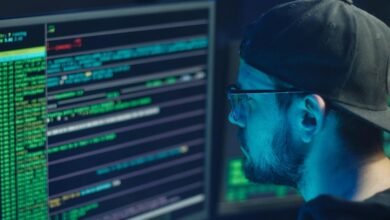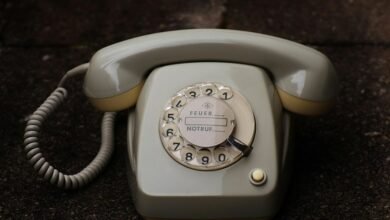Verify Unknown Contact Identity Report 3511805878 3291121080 3297752749 3517725241 3715132175 3761210277

The verification of unknown contacts is critical in today’s digital landscape. With phone numbers like 3511805878 and 3291121080 emerging, understanding their origins can provide crucial insights. Area codes and geographic indicators may reveal associations or potential risks. Moreover, leveraging social media and professional networks can enhance the verification process. However, the methods to ascertain legitimacy vary. What strategies can ensure the accuracy of these identifications while safeguarding personal security?
Overview of the Phone Numbers
In analyzing the phone numbers associated with unknown contacts, it becomes essential to categorize and assess their origins and patterns.
Understanding phone number origins aids in the identity verification process, revealing potential geographical locations, service providers, and associated risks.
Distinct patterns may emerge, guiding users in discerning legitimate contacts from potentially fraudulent sources, thus enhancing informed decision-making and promoting personal security in communication.
Possible Sources and Associations
Identifying the possible sources and associations of unknown contacts involves examining various factors, including geographic indicators, area codes, and the context in which the numbers appear.
Contact tracing can reveal patterns linking these numbers to specific regions or demographics, while identity verification may uncover their origins, helping to ascertain their legitimacy.
This analysis enables informed decisions regarding potential interactions with unknown contacts.
Tips for Verifying Unknown Contacts
While verifying unknown contacts can be a complex process, employing systematic strategies can enhance accuracy and efficiency.
Individuals seeking identity verification should utilize multiple resources, including social media and professional networks, to cross-reference information.
Additionally, establishing contact safety measures, such as using secure communication channels, can mitigate risks.
A thorough approach ensures a higher likelihood of confirming legitimacy and protecting personal information.
Protecting Yourself From Fraud
A growing number of individuals are becoming targets of fraud, necessitating vigilant protective measures.
Identity theft remains a prevalent threat, prompting the need for effective fraud prevention strategies. Individuals should employ strong passwords, monitor financial statements regularly, and utilize two-factor authentication.
Furthermore, educating oneself about common scams can significantly enhance one’s ability to recognize and thwart fraudulent attempts, thereby preserving personal security and autonomy.
Conclusion
In the vast forest of communication, where each phone number is a tree, distinguishing the trustworthy from the treacherous is paramount. Just as a seasoned traveler studies the landscape before venturing deeper, individuals must navigate the realm of unknown contacts with vigilance. By employing systematic verification methods akin to a skilled botanist identifying species, one can cultivate a secure environment. Thus, safeguarding personal connections and ensuring that no poisonous vines entwine their paths becomes not just a necessity, but an art form.





